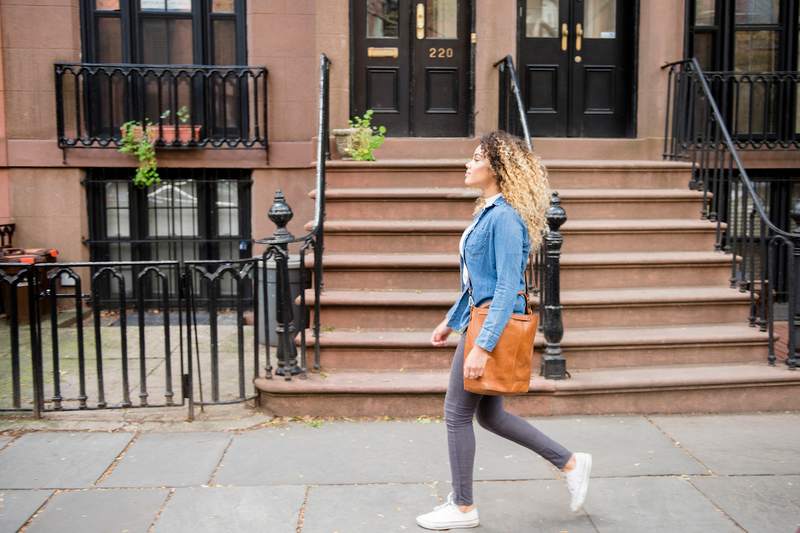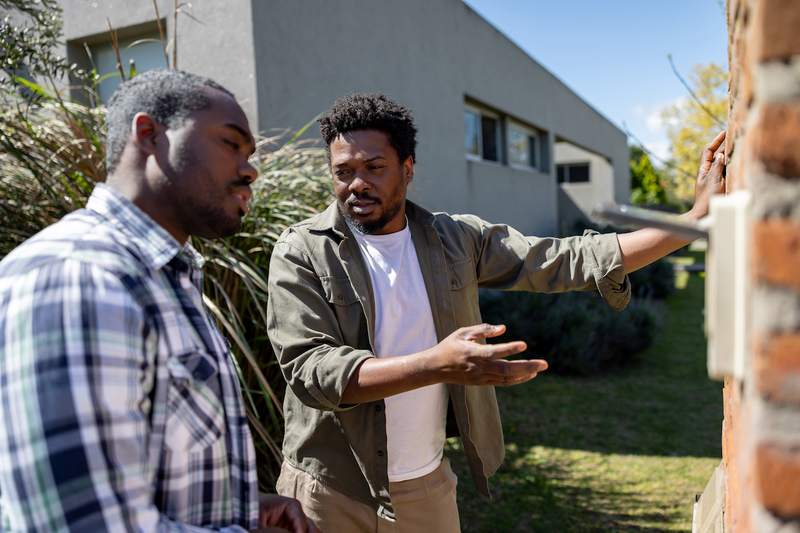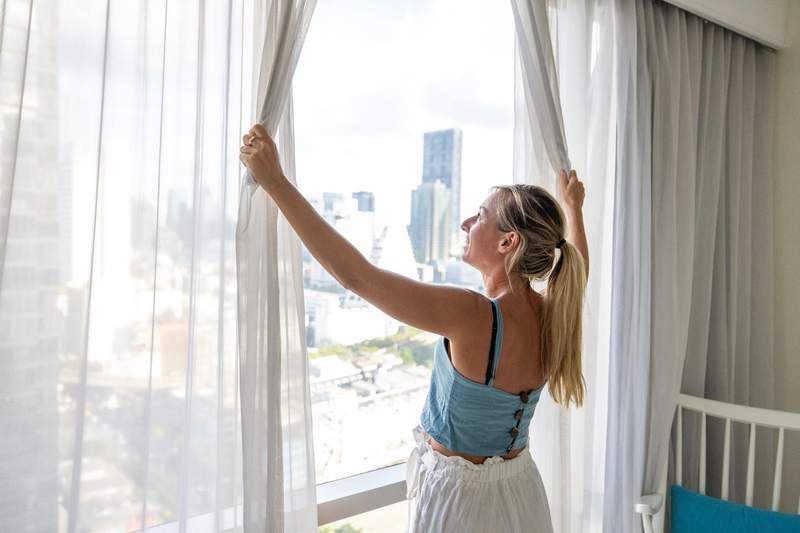High demand for the classic look of townhouses with brownstone facades has made such homes expensive to buy. But even after you’ve closed on one of these homes — found mostly in Northeastern urban areas such as Boston, New York, and Philadelphia — you can expect the vintage materials and historic nature of these homes to cost you more to maintain, update, or renovate compared with new construction. Here’s what you need to know about the “hidden” costs of living in a brownstone.
Key Takeaways:
- Brownstones can be expensive to maintain because they’re made of materials that are scarce and they require care to preserve their historic features.
- If you buy a brownstone, expect to pay more for insurance, and you may need to comply with historical preservation regulations or apply for a certificate of occupancy change.
- Regular preventive maintenance can help reduce the chances of unexpected expensive repairs.
Brownstone Is Expensive To Repair
In the mid-19th century, brownstone was a popular building material because it was fire-resistant and cheaper to mine than granite, marble, or limestone. It also was relatively easy to carve into stylish exteriors for urban homes. Brownstone was popular until the quarries it was mined from dried up. Now that it’s scarce, homes built with brownstone façades have become expensive to buy and expensive to repair.
“The unique and often historic features of brownstones may require specialized restoration work, and obtaining materials that match the original design can be costly,” says Deba Douglas, a Realtor and owner of Douglas Dwellings, a real estate education company based in Wylie, Texas. “Repairing and restoring features like ornate facades or intricate woodwork can be more expensive than standard maintenance in newer homes.”
Brownstone deterioration explained
Over time, brownstone is worn down by the elements — especially in the cold, wet climates where these types of homes are typically found. When roads and sidewalks are salted during the winter, the salt can make its way into the brownstones that line that street and cause damage.
Common types of brownstone deterioration include:
- Disaggregation. When the water in brownstone evaporates, the grains lose cohesion and come apart.
- Contour scaling. When salt gets into the brownstone, it can cause discoloration or chipping.
- Exfoliation. If the brownstone was improperly cemented, the layers of stone can detach and cause structural and aesthetic problems.
Signs that brownstone is deteriorating and may need repairs include:
- Color changes. If the stone looks multicolored instead of a consistent dark brown, then it may be eroded and in need of repair.
- Variations in texture. If the stone is too hard or uneven, then it may be worn down from weathering.
- Pattern changes in the stone. Check the pattern in the brownstone to see if any veins or swirls have developed.
- Quality of previous repairs. If previous repairs were done poorly or with substitute materials, it may need to be repaired again.
Cost of maintaining brownstone
When you buy a home, maintenance costs become your responsibility. As a general rule, it’s advisable to set aside 1% to 2% of the purchase price of the home per year to cover maintenance costs. Because brownstones are particularly sensitive to water damage, it’s a good idea to regularly look for and fix small leaks before they turn into major problems.
“Maintaining a brownstone involves regular inspections for structural issues, addressing repairs promptly, and preserving historic features,” Douglas says.
Responsible maintenance also will require hiring professionals to conduct periodic inspections, clean the façade, and fill in any cracks.
Cost of repairing brownstone
Even if you keep up with maintenance, wear and weathering eventually will require you to make repairs. Because of the limited supply of brownstone, it’s more expensive to repair. You can expect the cost of repairing a brownstone façade to range anywhere from $40,000 to $100,000.
Expect Insurance To Cost More
When you take out a mortgage, your lender requires you to buy homeowners insurance. Because brownstones cost more to repair or replace, coverage for those homes tends to be more expensive.
“The historic and unique characteristics of brownstones can pose additional risks, leading to higher insurance premiums,” Douglas says. “Factors such as the age of the property, potential restoration costs, and the need for specialized coverage contribute to the increased insurance expenses for brownstone owners. It’s advisable to consult with insurance providers specializing in historic properties to ensure comprehensive coverage tailored to the specific needs of brownstone ownership.”
If the brownstone requires upgrades to meet modern building codes, this might not be covered by a typical homeowners insurance policy. Coverage that includes such repairs can cost as much as 40% more than a standard homeowners insurance policy.
Changes May Need To Comply With Historic Preservation Rules
Many brownstones are located in designated historic districts, which means that you will have to comply with regulations set by the local landmarks preservation commission. Any changes or replacements you make to the exterior of the building will need to be approved by the commission. If you fail to comply with the commission’s rules or make changes without approval, you can be fined anywhere from $500 to $5,000.
You May Need a Certificate of Occupancy Change
A certificate of occupancy legally declares how a property can be used and whether it’s a single-family home, two-family home, or retail space. If you buy a large brownstone that’s been registered as a two-family home, then you’ll need to pay to turn it into a single-family home. A certificate of occupancy change can cost up to $9,000.
Tips for Maintaining a Brownstone
Routine maintenance for a brownstone includes:
- Fixing the roof.
- Clearing gutters.
- Filling in cracks in the stone.
- Repointing any crumbling mortar joints.
- Removing vegetation that’s grown along the stone.
- Adding flashing to protect ledges from water damage.
Here are some additional tips Douglas has for maintaining a brownstone:
- Regularly inspect the exterior for cracks or damage.
- Waterproof your home to prevent water damage.
- Carefully restore original details.
- Upgrade insulation for energy efficiency.
- Hire professionals to inspect the plumbing and electrical systems.
- Clean and maintain the façade regularly.
- Invest in proper ventilation to prevent moisture-related problems.
- Consult with historic preservation experts for guidance on maintaining the brownstone’s character.
FAQ: ‘Hidden’ Costs of Living in a Brownstone
Here are answers to some frequently asked questions about the cost of living in a brownstone.
Brownstones can be expensive because they’re both in demand and made of a material that is hard to find.
Brownstones are often associated with New York City, but they’re also found in Boston, Philadelphia, and other urban areas in the Northeast.
Brownstones typically have three to four stories.
The Bottom Line on the ‘Hidden’ Costs of Living in a Brownstone
There are many benefits to buying and owning a brownstone. These days, they’re quite the hot real estate commodity and are in high demand. As a result, they can be more expensive to purchase, maintain, and repair. You should also be prepared to have to pay more for insurance, and you may have to comply with certain rules if you buy in a historic district.






